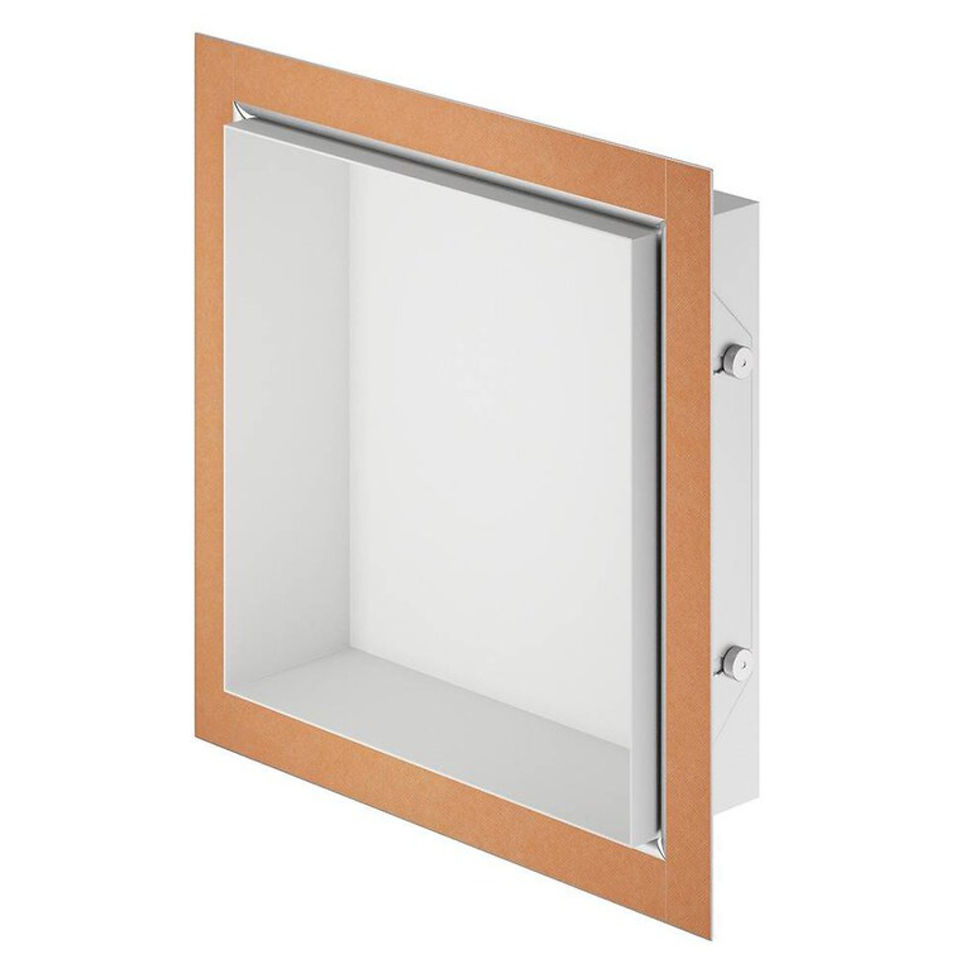Comparing Types of Stone Tile: Which One Is Right for You?
- Global Stone of NY
- Dec 20, 2024
- 3 min read
Stone tiles are a popular choice for flooring, walls, and countertops due to their durability, aesthetic appeal, and versatility. When selecting tiles for your space, it’s essential to understand the differences between the various types available. This guide will help you compare and contrast some of the most common stone tile types to determine which one best suits your needs.

Ceramic Tile
Overview: Ceramic tiles are made from natural clay that’s fired in a kiln and often glazed to achieve a variety of colors and finishes.
Pros:
Affordable and widely available.
Easy to clean and maintain.
Comes in various colors, patterns, and sizes.
Cons:
Less durable than porcelain.
Can chip or crack under heavy impact.
Best For:
Kitchens, bathrooms, and low-traffic areas.
Porcelain Tile
Overview: Porcelain tiles are denser and more durable than ceramic, making them ideal for high-traffic areas. They’re often made from refined clay and fired at higher temperatures.
Pros:
Highly durable and resistant to water and stains.
Suitable for indoor and outdoor use.
Can mimic the look of natural stone or wood.
Cons:
More expensive than ceramic tiles.
Heavier and harder to cut.
Best For:
High-traffic areas like hallways, kitchens, and outdoor patios.
Natural Stone Tile
Natural stone tiles are quarried from the earth and include types like marble, granite, slate, travertine, and limestone. Each type has its unique characteristics.
Marble:
Pros: Luxurious and elegant with natural veining; ideal for upscale interiors.
Cons: Prone to staining, scratching, and requires regular sealing.
Granite:
Pros: Extremely durable, scratch-resistant, and ideal for countertops and floors.
Cons: Heavier and more expensive than other tiles.
Slate:
Pros: Textured and slip-resistant; excellent for wet areas and outdoor spaces.
Cons: Requires sealing to prevent moisture damage.
Travertine:
Pros: Warm, earthy tones with a natural look; great for both indoor and outdoor applications.
Cons: Sensitive to acids and requires regular maintenance.
Best For:
Luxurious spaces, outdoor areas, and where natural aesthetics are desired.
Glass Tile
Overview: Glass tiles are made from thin pieces of glass with translucent finishes, creating a sleek, modern look.
Pros:
Reflective and brightens spaces.
Resistant to stains and water.
Available in vibrant colors and mosaic patterns.
Cons:
Prone to chipping and cracking.
Can be slippery when wet.
Best For:
Backsplashes, accent walls, and low-traffic areas.
Cement Tile
Overview: Cement tiles are handmade and feature intricate patterns and bold colors, making them a statement piece.
Pros:
Unique designs and customizable.
Durable and long-lasting.
Cons:
Requires sealing to prevent stains.
Can develop a patina over time.
Best For:
Feature walls, kitchens, and bathrooms.
Mosaic Tile
Overview: Mosaic tiles are small pieces of tile arranged on a mesh backing, often made from ceramic, porcelain, glass, or stone.
Pros:
Excellent for creating intricate designs.
Available in various materials and colors.
Adds texture and visual interest.
Cons:
Labor-intensive to install.
Grout can require frequent cleaning.
Best For:
Backsplashes, showers, and decorative accents.
Key Considerations When Choosing Tile
Durability: Consider the level of foot traffic or wear-and-tear the tile will endure.
Maintenance: Some tiles require sealing and regular upkeep, while others are low-maintenance.
Style and Aesthetic: Match the tile type and design to your space’s overall decor.
Budget: Natural stone and porcelain are more expensive, while ceramic and vinyl offer budget-friendly options.
Application: Choose tiles suitable for the area’s moisture levels, traffic, and exposure to elements.
















